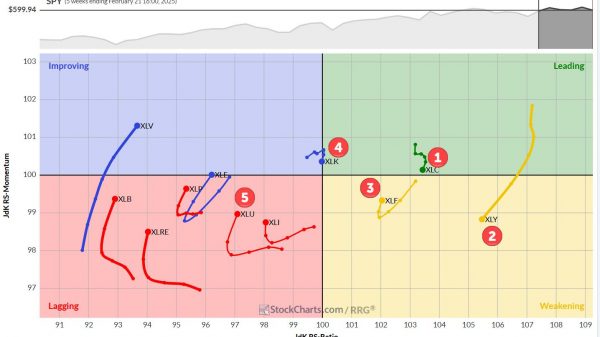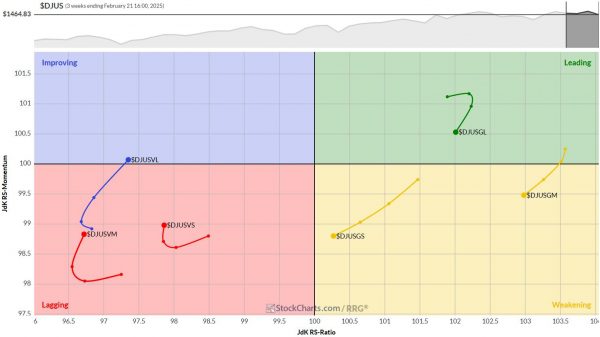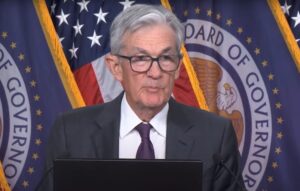In April 2023, nearly 80 percent of Wisconsin voters supported an advisory referendum favoring work requirements for work-capable adults receiving taxpayer-funded benefits. The message was clear: people want welfare programs encouraging work and self-sufficiency, not permanent dependence. Yet, despite overwhelming public support for reforms that promote economic mobility, Washington remains unwilling to act.
This leaves an opportunity — indeed, a responsibility — for states to lead the way.
For decades, the federal government has poured trillions of dollars into anti-poverty programs, yet poverty rates have barely budged. The problem isn’t a lack of money. It’s a system that too often treats people like statistics — inputs in a formula designed to calculate how much assistance they need, rather than individuals capable of achieving independence.
The federal welfare state functions on the assumption that people will respond to government benefits like animals to food pellets, modifying their behavior in predictable ways based on financial incentives. But people are not creatures to be trained by handouts. They are individuals with dignity, aspirations, and the ability to flourish when given real opportunities to work and improve their lives.
State governments can reshape welfare to serve as a safety net that helps people when they fall but doesn’t trap them in a cycle of dependence.
The welfare reforms 1996 proved that when states are given flexibility, they can implement policies promoting work and economic self-sufficiency. Those reforms led to a sharp decline in welfare caseloads and a significant increase in employment among lower-income households.
Unfortunately, many of those gains have been reversed as states have once again received waivers allowing people to collect benefits without working or seeking employment.
Wisconsin provides an example of both the potential for success and the risks of backsliding. In the 1990s, the state pioneered a model requiring recipients to either work, train, or actively look for a job. The results were undeniable — welfare recipients plummeted, more people entered the workforce, and household incomes rose.
But over time, those policies have been eroded by political compromises and bureaucratic inertia. A 2023 analysis found that after work requirements were waived, Wisconsin’s number of adults receiving FoodShare benefits surged by more than 56,000. This isn’t because the economy worsened. It’s because the incentive to work was removed.
When work requirements are in place, people respond. They find jobs, gain skills, and build better futures. When those requirements are lifted, many drift back into dependency. The difference isn’t the size of the benefit check — it’s whether the system treats them as individuals with potential or as passive recipients of government aid.
Some argue that requiring work is harsh or punitive, but this gets it entirely backward. There is nothing compassionate about trapping people in government dependency.
True compassion is providing the opportunity and expectation that they can support themselves, contribute to their communities, and take pride in their achievements. A system that asks nothing in return for benefits does not respect the dignity of the person receiving them. It assumes they are incapable of more.
Beyond work requirements, states should take additional steps to reform welfare and foster economic freedom.
One critical reform is replacing income limits with time limits for recipients, allowing them to transition smoothly into self-sufficiency rather than facing benefit cliffs discouraging higher earnings.
Currently, many welfare programs punish work and productivity. If — recipients earn even slightly above a cutoff, they lose benefits abruptly, creating a disincentive to accept better-paying jobs or work additional hours. A time-based system would provide temporary assistance while ensuring that no one is punished for trying to improve their financial situation.
Welfare programs should also undergo independent efficiency audits to identify waste, fraud, and redundancy. Too often, these programs are filled with overlapping administrative costs, inefficiencies, and misallocated funds. A transparent audit system would help states streamline their programs, ensuring that benefits go to those needing temporary assistance rather than being siphoned off by bureaucratic mismanagement.
To make the welfare system more effective, states should consolidate benefits into a single Empowerment Account rather than maintaining a maze of disconnected programs.
Currently, people in need must navigate a fragmented system of food stamps, housing vouchers, Medicaid, and other services, each with its own paperwork and eligibility rules. By streamlining these into one account, states can simplify the system and empower recipients to allocate funds toward their most pressing needs, encouraging personal responsibility and financial literacy.
If the federal government continues spending on welfare, states should demand that funds come from block grants rather than federal mandates. Block grants allow states to design welfare policies that fit their unique economic conditions rather than being tied to one-size-fits-all Washington regulations that often create perverse incentives.
The 1996 welfare reform succeeded precisely because it shifted control from the federal government to the states. That model should be expanded, not reversed.
Ultimately, however, the best welfare system is where government assistance is rarely needed.
Historically, the private sector, churches, and families have been far more effective at helping people escape poverty than bureaucratic programs. The government should not replace these institutions but allow them to thrive by reducing taxes, eliminating excessive regulations, and fostering an economy where job creation is the priority.
A job is the best anti-poverty program, and when businesses are free to grow, more people can earn a living, provide for their families, and achieve financial independence.
State leaders should recognize that real welfare reform is more than balancing budgets or reducing caseloads. It’s about restoring a vision of human dignity where people are not reduced to mere recipients of aid but are encouraged and expected to build better lives for themselves.
The best welfare policy is one that helps people move off welfare. That means reinforcing the expectation that work is not just possible but necessary, that government assistance is temporary, and that people should be treated as capable human beings rather than statistics to be managed.
The 2023 Wisconsin referendum shows voters understand this truth, even if many politicians refuse to acknowledge it. Welfare was never meant to be a way of life. It was meant to help people in need while they got back on their feet. States serious about fighting poverty should reject policies promoting long-term dependency and instead embrace reforms encouraging work, self-sufficiency, and human dignity.
If states act boldly, they can reshape welfare in a way that truly helps people — not by making them comfortable in poverty, but by empowering them to leave it behind. That is the difference between treating people like problems to be managed and treating them like individuals with the potential to prosper.
It’s time for states to lead where Washington has failed.
























